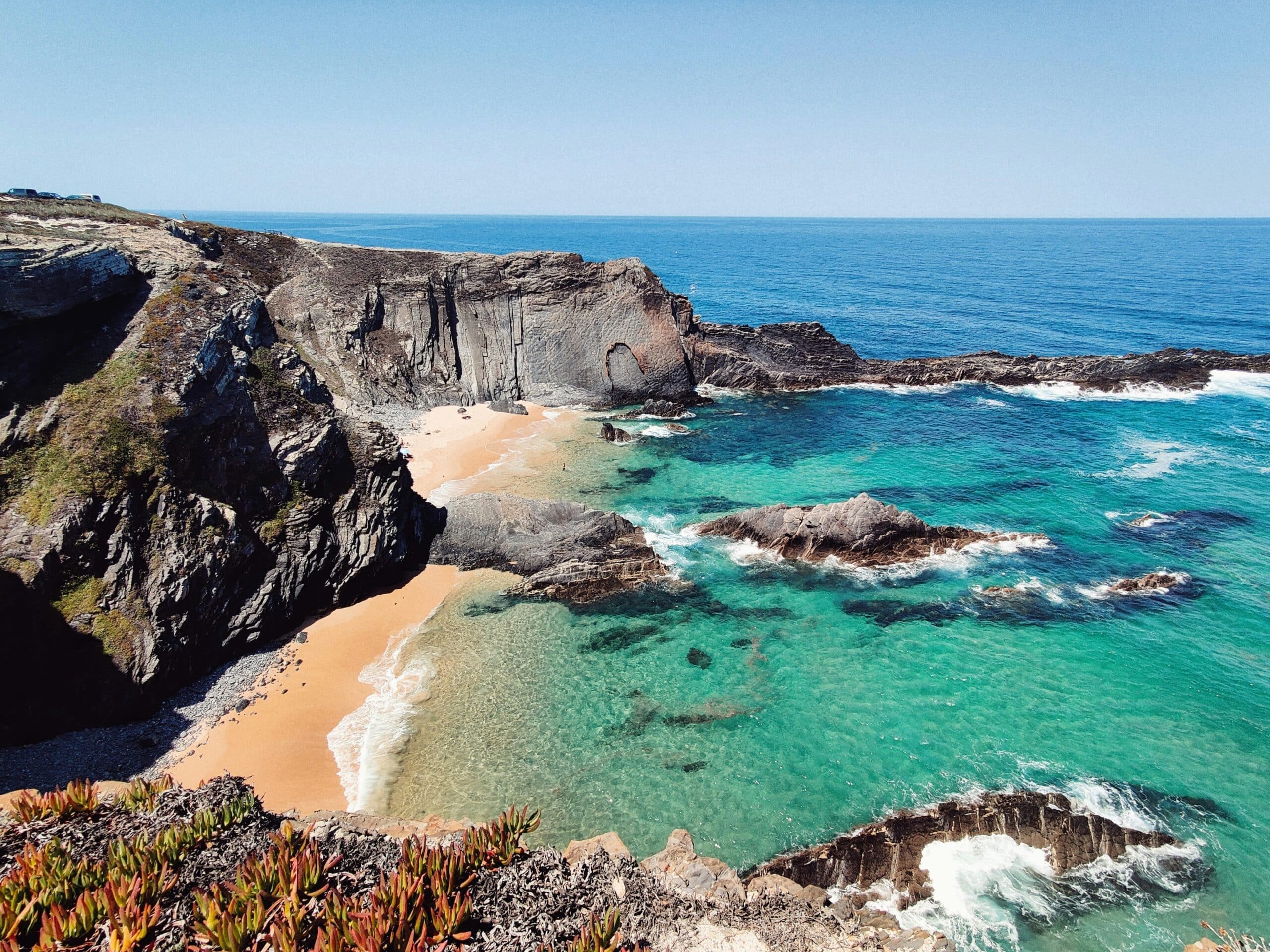Plan will identify “challenges, risks and opportunities” of Alentejo’s tourism sector along the coast
The Alentejo and Ribatejo Regional Tourism Authority (ERT) is going to present the government with a strategic plan for the Alentejo coast, identifying “the challenges, risks and opportunities” of the tourism sector in this area.
This “guiding document” will make it possible to define “the main responses” of the tourism sector on the Alentejo coast, which “is currently experiencing remarkable development, but which has some challenges, risks and opportunities,” José Manuel Santos, president of the regional organisation, told Lusa.
According to Santos, the document could be “useful for the Intermunicipal Community of Alentejo Litoral” and could help in presenting bids for community funding.
“It could also create a logic of cooperation between the various private entities” in this region, he added.
The head of ERT believes the plan could “help municipalities, private entities and ERT create more responses in a territory that has a very significant tourism dynamic, but which has needs in terms of housing, attracting and retaining human resources and families, mobility, health and mitigating seasonality,” he said.
“Our forecast is that this strategic document, which will prioritise and define the main responses and needs, will be ready to present (to the government) after the summer,” he estimated, adding that the entity will “start similar work for tourism in the Alqueva area”.
According to José Manuel Santos, the strategic plan will be based on the contributions that ERT do Alentejo e Ribatejo has gathered in working sessions with public and private agents linked to the tourism sector in the region.
These focus groups and thematic sessions aim to ascertain “the state of tourism development” in the region and “identify lines of action and challenges to join forces” between the public and private sectors along four focus points: accessibility and mobility equipment, protection and sustainability, human resources, and promotion.
He explained that one of the main concerns identified in this area is “improving public responses to human resource needs” in tourist resorts.
“There are a number of hotel groups that today have their own private solutions for transporting their workers and who have to travel more than 800 kilometres every day between arrival and departure, which is a very significant back-breaking effort,” he said.
In addition to the importance of golf “as a complementary product”, José Manuel Santos also emphasised the “promotion of this tourist destination” in international markets as another of the challenges facing this territory.
“We have a forecast of 5,000 more units of tourist accommodation in the next five to 10 years,” which will increase by five times what this area has to offer and will “require very significant planning in the medium term,” he said.
Although he believes that the Alentejo coast could become “a major destination at European level”, he argued that “the processes and sustainability” of the destination “depend on preserving the environmental conditions and the environmental integrity of the territory“.
Source: LUSA


























